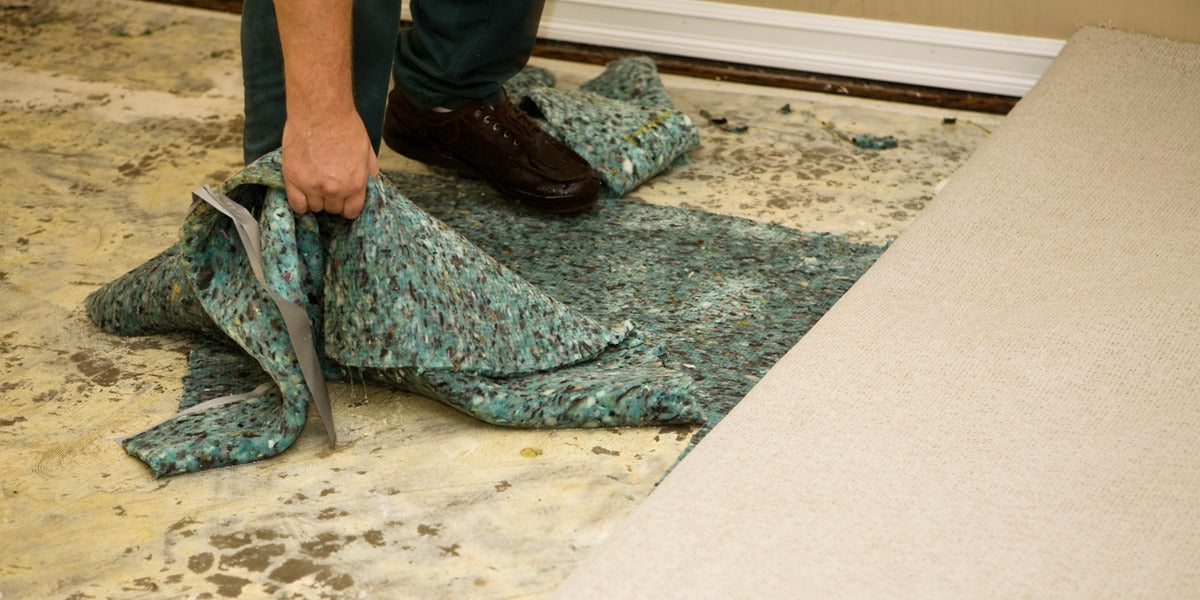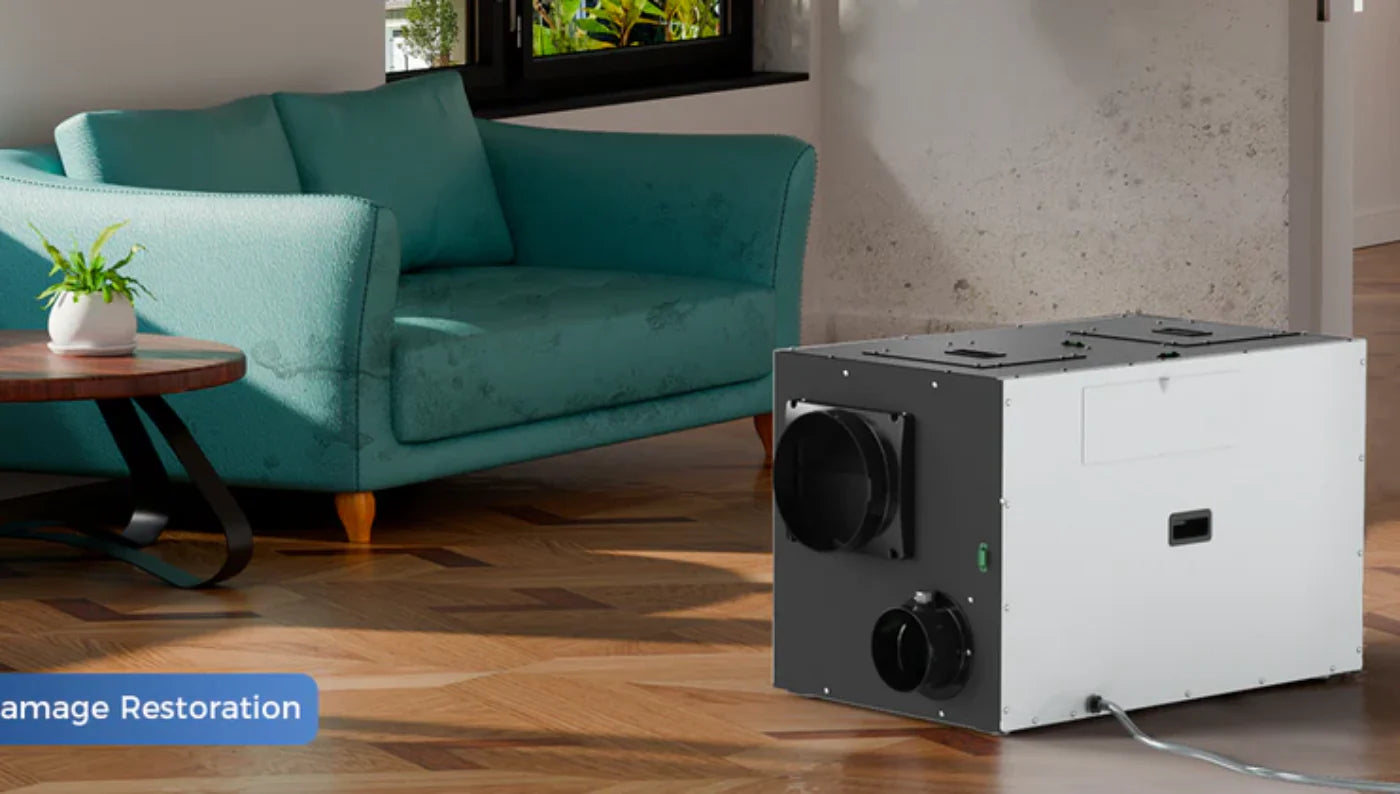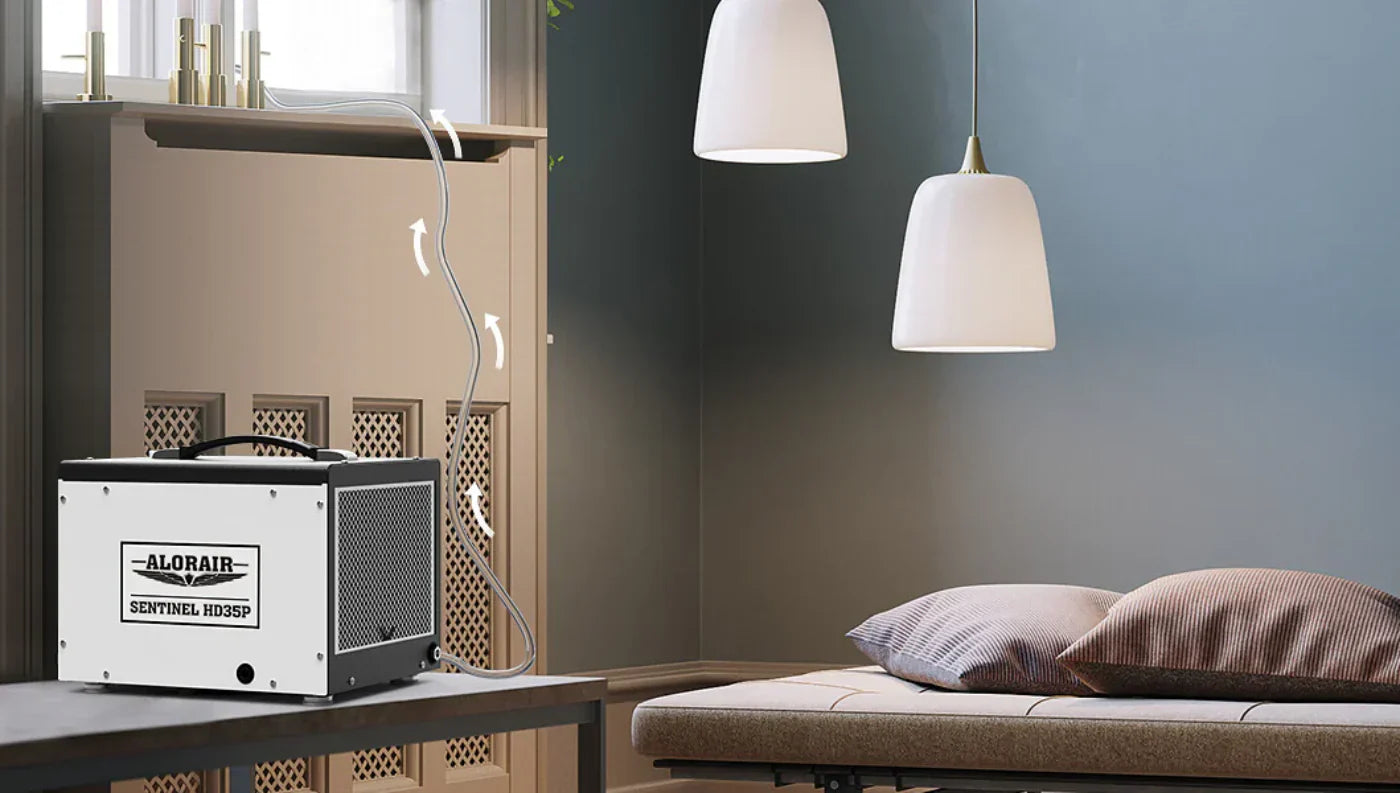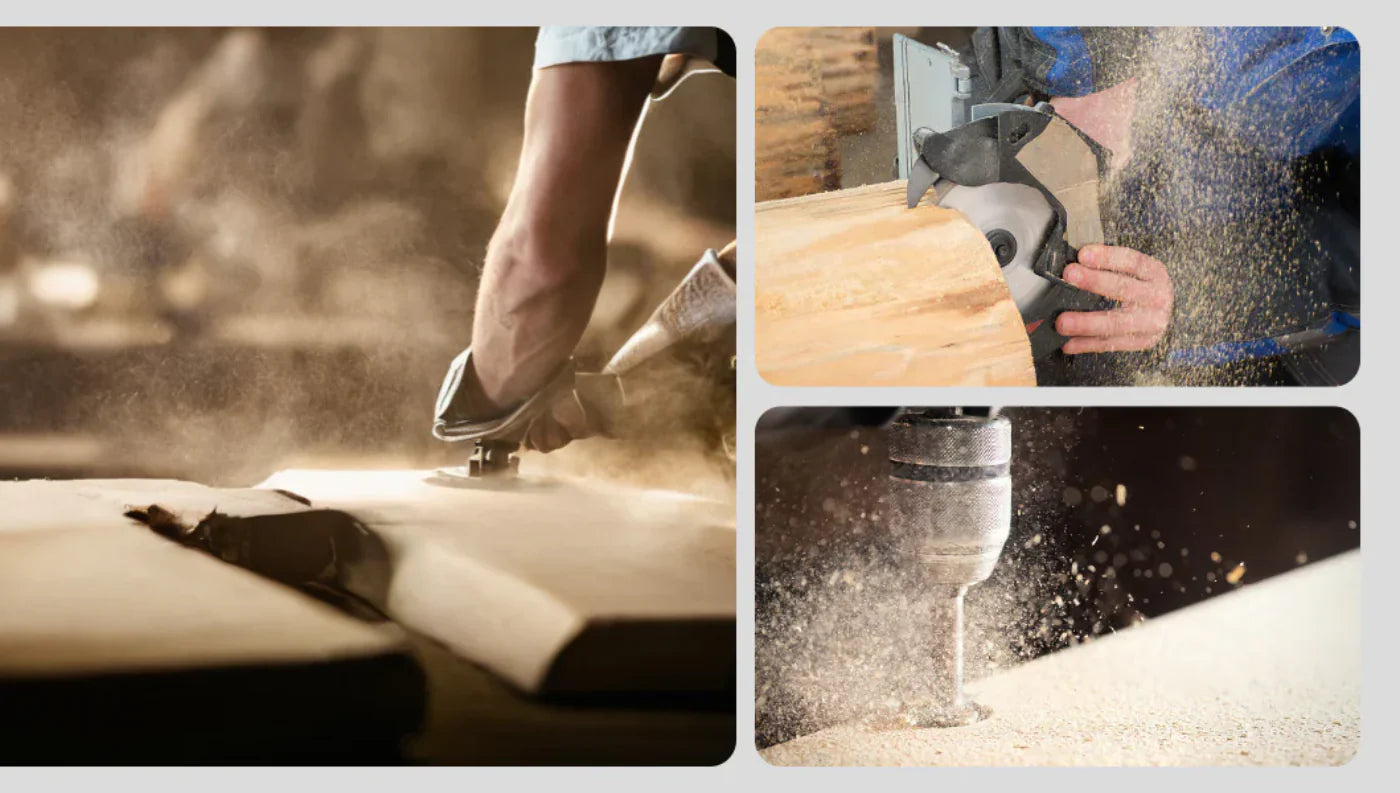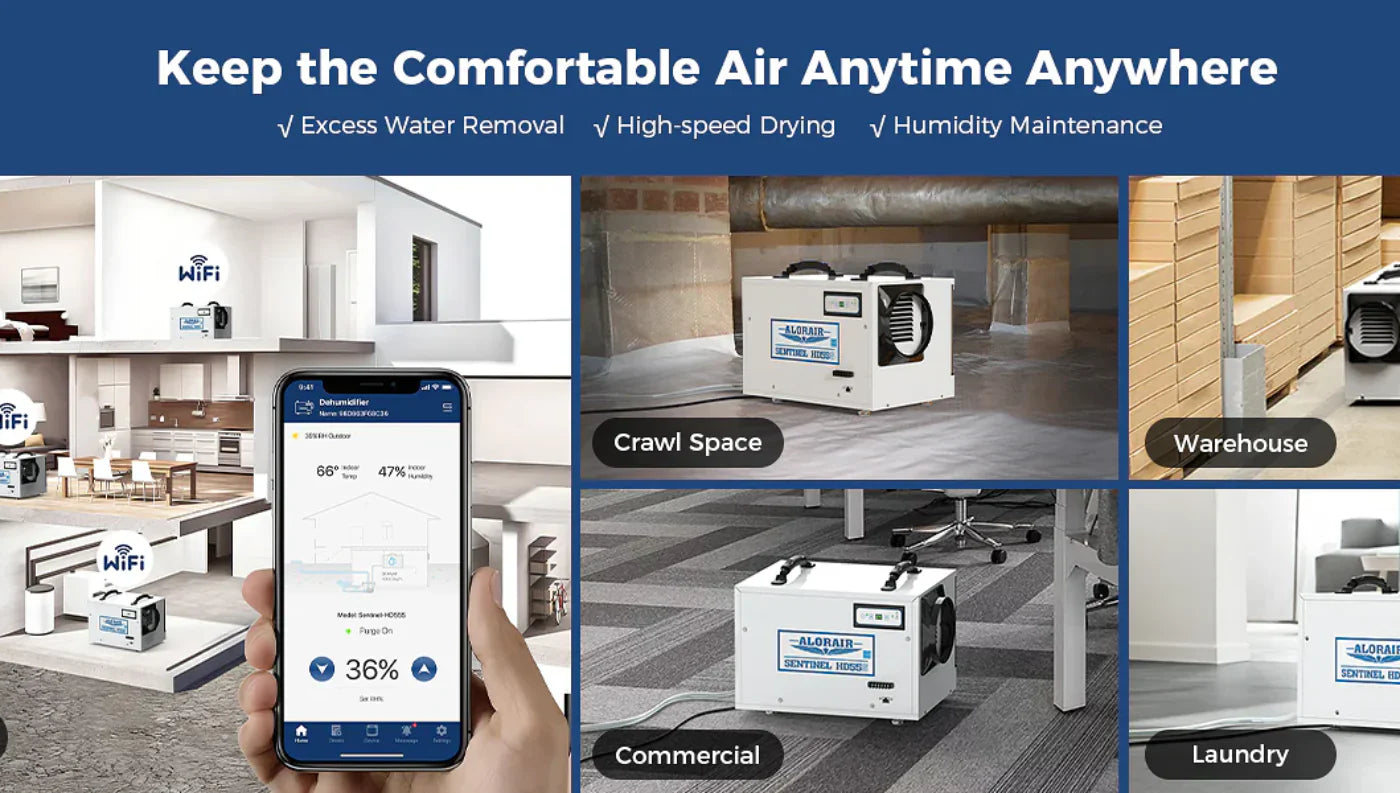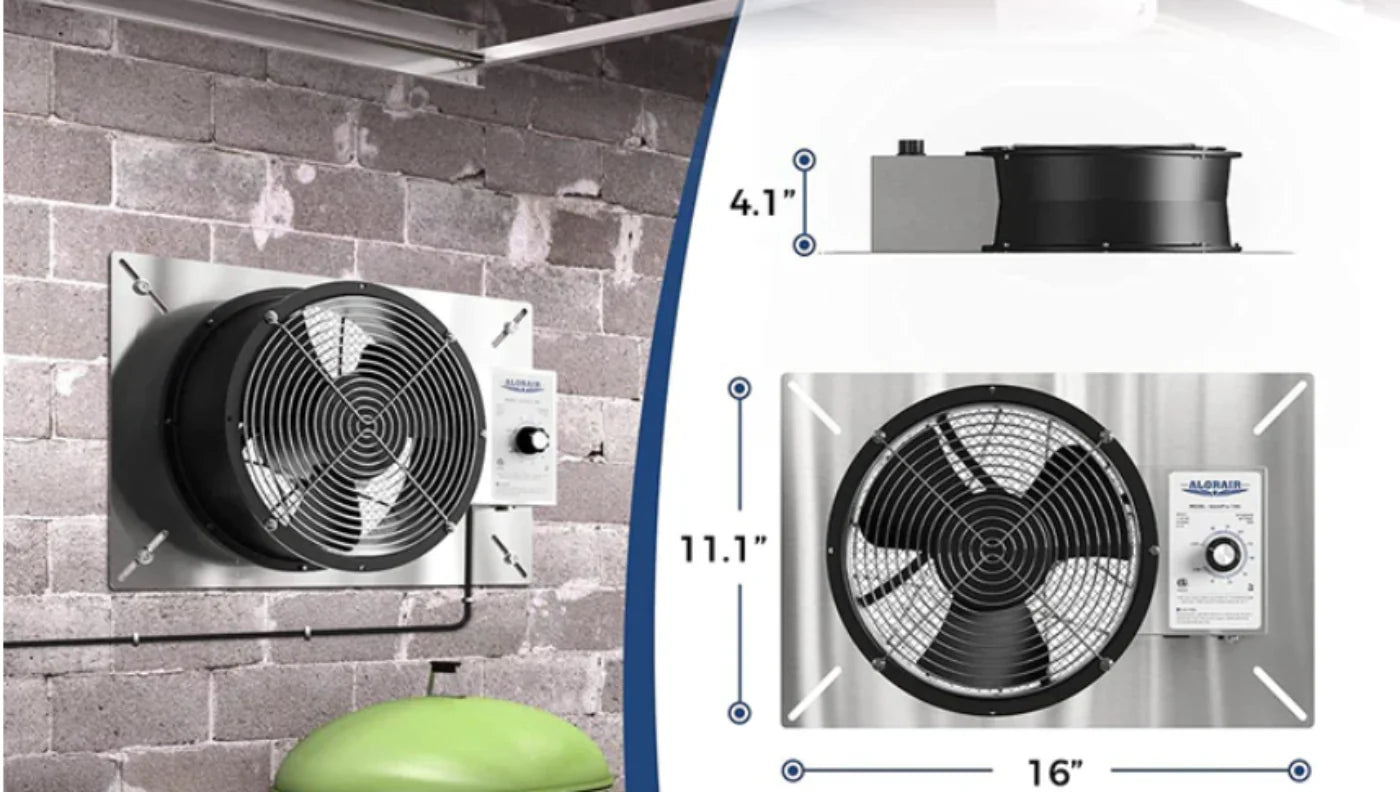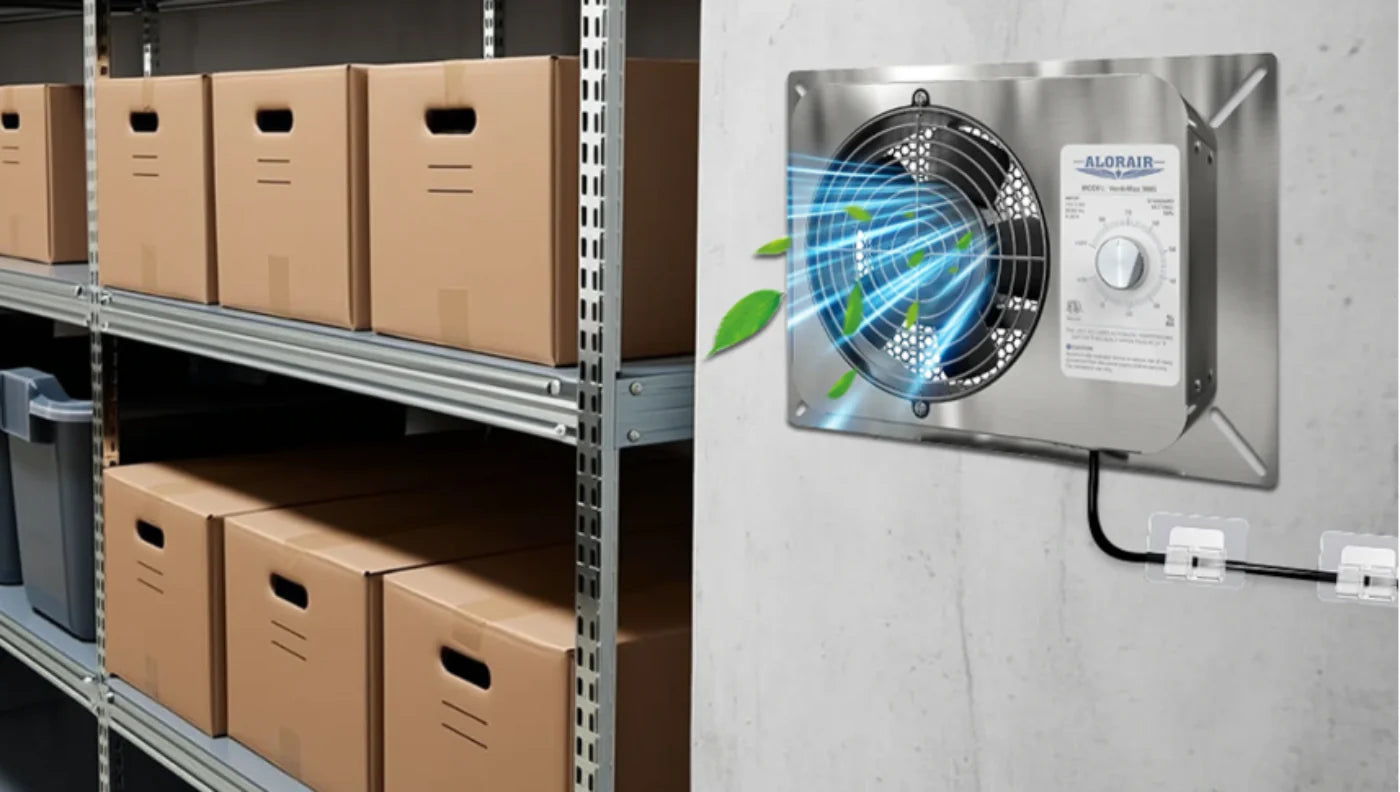Having a wet carpet can be a frustrating and stressful situation. Whether it's due to a spill, leaks, or flooding, it's important to act quickly to prevent further damage and the growth of mold and mildew. In this guide, we will provide you with step-by-step instructions on how to dry wet carpet effectively. By following these tips, you can restore your carpet to its original condition and ensure a clean and healthy living environment.
Section 1: Assess the Situation
Before diving into the drying process, it's crucial to assess the extent of the water damage. This will help you determine the appropriate course of action and whether professional assistance is needed. Here are the steps to follow:
Inspect the affected area: Carefully examine the wet carpet and surrounding areas to identify the source of the water and the extent of the damage.
Determine the water category: Categorize the water as clean, gray, or black, depending on its level of contamination. Clean water is safe, while gray and black water may contain harmful substances.
Measure the affected area: Take measurements of the wet carpet to estimate the square footage and determine the amount of equipment and materials needed for the drying process.
Section 2: Remove Excess Water
To begin the drying process, it's essential to remove as much excess water from the carpet as possible. Follow these steps:
Use towels or a wet/dry vacuum: Place absorbent towels or use a wet/dry vacuum to soak up the excess water from the carpet. Start from the edges and work your way towards the center.
Extract water from padding: If the carpet padding is wet, use a carpet cleaner or a water extraction tool to remove the water. This will prevent further damage and promote faster drying.
Section 3: Increase Air Circulation
Proper air circulation is crucial for drying wet carpets effectively. Here's what you need to do:
Open windows and doors: Allow fresh air to circulate by opening windows and doors. This will help remove moisture from the room.
Use fans: Position fans strategically around the wet carpet to enhance air movement. Point them towards the carpet and ensure they cover the entire affected area.
Utilize dehumidifiers: Dehumidifiers are excellent tools for removing excess moisture from the air. Place them in the room to speed up the drying process.
Section 4: Monitor and Dry Thoroughly
Drying wet carpet takes time, so it's important to monitor the progress and ensure thorough drying. Follow these steps:
Check moisture levels: Use a moisture meter to regularly check the moisture levels in the carpet and surrounding areas. This will help you determine when the carpet is completely dry.
Rotate and flip furniture: If the furniture is on the wet carpet, rotate and flip it periodically to prevent moisture from being trapped underneath.
Steam clean and sanitize: Once the carpet is dry, steam clean it to remove any remaining dirt or stains. Additionally, sanitize the carpet to eliminate any potential bacteria or odors.
Section 5: Additional Tips and Precautions
In addition to the steps mentioned above, here are some extra tips and precautions to ensure the best results when drying wet carpet:
Elevate furniture: If you have furniture on the wet carpet, consider elevating it using wooden blocks or aluminum foil. This will prevent the furniture from absorbing moisture and causing damage to the carpet.
Use baking soda: Sprinkle baking soda on the dry carpet to absorb any remaining odors. Let it sit for a few hours before vacuuming it up.
Avoid walking on the wet carpet: While the drying process is underway, it's best to avoid walking on the wet carpet as much as possible. This will prevent the spread of moisture and potential damage to the carpet fibers.
Monitor humidity levels: Keep an eye on the humidity levels in the room using a hygrometer. Ideally, the humidity should be below 50% to facilitate faster drying.
Consider professional assistance: If the water damage is extensive or you're unsure about the drying process, it's recommended to seek professional assistance. Professional carpet drying services have the expertise and equipment to handle even the most challenging situations.
Section 6: Preventing Future Water Damage
Now that you know how to dry damp carpets fast, it's important to take preventive measures to avoid future water damage. Here are some steps you can take:
Fix leaks and plumbing issues: Regularly inspect your home for any leaks or plumbing issues and address them promptly. This will help prevent water from seeping into your carpets.
Use waterproof mats: Place waterproof mats near entryways and high-risk areas to catch any water or moisture before it reaches your carpets.
Install a sump pump: If you live in an area prone to flooding, consider installing a sump pump in your basement or low-lying areas. This will help prevent water from accumulating and causing damage to your carpets.
Regularly clean and maintain your carpets: Vacuum your carpets regularly to remove dirt and debris that can trap moisture. Additionally, schedule professional carpet cleaning at least once a year to keep your carpets in optimal condition.
Drying wet carpets requires prompt action and the right techniques to prevent further damage and ensure a clean and healthy living space. By following the steps outlined in this guide, you become an expert on how to dry wet carpet and restore it to its original condition.
Remember, if you need vapor barrier supplies or a crawlspace dehumidifier, reach out to AlorAir Crawlspace. Our team of experts is ready to help you with all your moisture-related needs.


